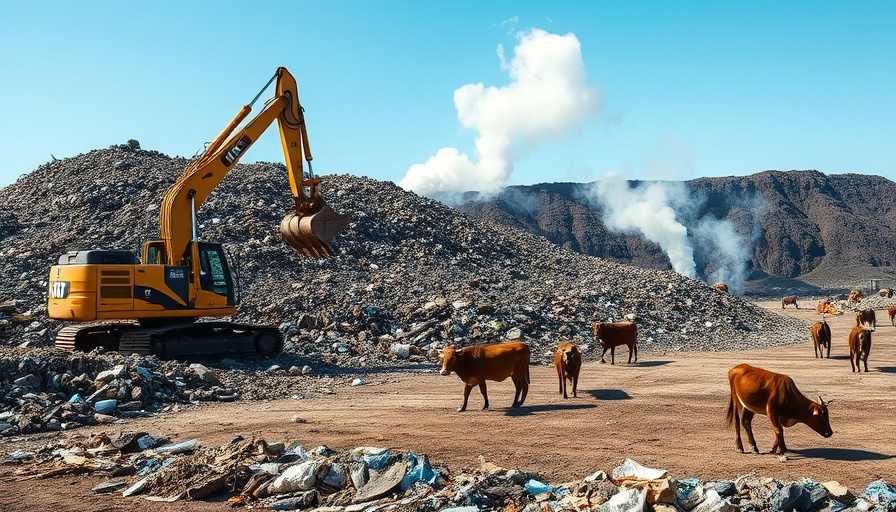
Indonesia's Ambitious Initiative: The Largest Deforestation Project Yet
Indonesia is on the verge of unleashing one of the most ambitious—and controversial—projects in recent history: a plan to clear forested land comparable to the size of Belgium for the production of bioethanol and various food crops like rice. This massive land reclamation could significantly impact both the environment and Indigenous communities reliant on these forests for their survival.
Environmental Concerns and Indigenous Rights at Risk
Environmental watchdogs fear that this project will exacerbate existing deforestation rates and jeopardize the habitats of endangered species like orangutans, Sumatran tigers, and Javan rhinoceroses. Activists have raised alarms about the potential mass clearing of land, warning that this could merely serve as a precursor to expanding palm oil plantations, which have long been linked to deforestation in Indonesia.
The Government's Justification: Renewable Energy Goals
In the face of resistance, Indonesian authorities argue that the initiative aligns with the nation’s goals for energy self-sufficiency and food security. President Prabowo Subianto has affirmed a commitment to develop renewable energy sources, including bioethanol derived from sugarcane and corn, which he believes will bolster Indonesia’s economic stature.
The Global Imperative for Sustainable Practices
While biofuels like bioethanol are touted as potential solutions for reducing carbon emissions in transportation, the International Energy Agency emphasizes the necessity of sustainable practices in their development. Critics warn that without careful management, this endeavor could lead to severe environmental degradation.
Community Voices and Counterarguments
Local communities have been vocal about their opposition, emphasizing that the plan, which could utilize up to 20 million hectares of land, will directly impact their lives. The Clean Coalition of environmental NGOs highlights the need for optimizing existing agricultural land rather than further encroaching on natural habitats.
Future Implications: What Comes Next?
As this project unfolds, it will serve as a litmus test not only for Indonesia's commitment to renewable energy but also for the global community's dedication to balancing development with environmental stewardship. As history shows, the health of our ecosystems directly influences the well-being of humanity.
Take Action: Advocate for Sustainable Practices
If you want to see a future where development does not come at the cost of our environment, join advocacy efforts aimed at promoting sustainable agricultural practices. Engaging in local and global dialogues on sustainability will foster a better understanding of these critical issues.
 Add Row
Add Row  Add
Add 




Write A Comment